I. Weight Calculation Formula
(1) Density-Based Formula
The following weight calculation formula can be used to calculate the steel/metal weight:
Weight (kg) = Sectional Area (mm2) × Length (m) × Density (ρ, g/cm3)× 1/1000
Above is the formula to calculate the steel weight in kg.

Determination of Density
For the metal density, you can also refer to the following:
- Density Table of Metals (Iron, Steel, Brass, Aluminum) and Alloys
- Density Table for Commonly Used Sheet Metal Materials
II. Steel & Metal Weight Calculator
To assist you in calculating the weight of various metals and steels, including MS plate, GI sheet, structural steel, MS angle, mild steel, steel bar, square tube, angle, and aluminum, we have created a Steel Weight Calculator and Metal Weight Calculator to help you determine the weight of metals in different shapes.
III. Metal & Steel Weight Calculation Formula
The unit of measurement for calculating the theoretical weight of steel is kilograms (kg). The basic formula is:
W (Weight, kg) = F (Cross-sectional Area, mm²) × L (Length, m) × ρ (Density, g/cm³) × 1/1000
The density of steel is: 7.85g/cm³
Simple Steel Weight Calculation Formulas
Simply enter data indicated (Decimal Inches), move from left to right making computations by factors as shown.
- ROUND Diameter x Diameter x 2.6729 = Lbs. Per Foot
- FLAT Thickness x Width x 3.4032 = Lbs. Per Foot
- SQUARE Diameter x Diameter x 3.4032 = Lbs. Per Foot
- HEXAGON *Diameter x Diameter x 2.9437 = Lbs. Per Foot
- OCTAGON *Diameter x Diameter x 2.8193 = Lbs. Per Foot
- PIPE Actual O.D. – Wall x Wall x 10.68 = Lbs. Per Foot
- TUBE O.D. – Wall x Wall x 10.68 = Lbs. Per Foot
- SHEET Thickness x Width x Length x .2904 = Lbs. Each
- COIL O.D. x O.D. – I.D. x I.D. x .2223 = Lbs. Per Inch of Width
- SHEET CIRCLE Diameter x Diameter x Thickness x .228 = Lbs. Each
- PLATE Thickness x Width x Length x .2836 = Lbs. Each
PLATE SHAPES:
- CIRCLE Diameter x Diameter x Thickness x .2227 = Lbs. Each
- RING Diameter x Diameter – I.D. x I.D. x Thickness x .2227 = Lbs. Each
- CIRCLE SECTOR Radius x Radius x Number of Degrees in Arc x Thickness x .0025 = Lbs. Each
- TRIANGLE (Right Angle) Base Length x Height x Thickness x .1418 = Lbs. Each
- TRAPEZOIDS (2 Sides Parallel) Side “A” + Side “B” x Height x Thickness x 14.18 = Lbs.Each
- HEXAGON (Equal Sides) Side Length x Side Length x .7367 = Lbs. Each
- OCTAGON Side Length x Side Length x 1.3692 = Lbs. Each
NOTE: Formulas Are Based on Nominal Weights at .2836 Lbs. Per Cubic Inch and Should Be Considered Approximations Only Rather Than Actual Scale Weight.
Weights of Various Metals in Pounds Per *Cubic Foot
| Aluminum | 168.48 | Copper | 559.87 |
| Antimony | 419.99 | Gold | 1206.83 |
| Beryllium | 113.7 | Gun Metal (Aver.) | 544 |
| Bismuth | 611 | Iridium | 1396 |
| Brass (Approx.) | 535.68 | Iron | 491.09 |
| Bronze, Alum. | 481 | Iron, Cast Grey | 442 |
| Bronze (Approx.) | 541 | Iron,Wrought | 480 |
| Cadmium | 540.86 | Iron, Slag | 172 |
| Chromium | 428 | Lead | 707.96 |
| Cobalt | 552.96 | Magnesium | 108.51 |
| Manganese | 463.1 | Silver | 654.91 |
| Mercury | 849 | Stainless Steel (18-8) | 494.21 |
| Molybdenum | 637.63 | Steel, Cast/Rolled | 490 |
| Monel Metal | 556 | Tin | 455.67 |
| Nickel | 555.72 | Titanium | 283.39 |
| Osmium | 1402 | Tungsten | 1204.41 |
| Palladium | 712 | Vanadium | 374.97 |
| Platinum | 1339.2 | Zinc | 445.3 |
| Rhodium | 755 | *1728 CU. IN. PER CU. FT. | |
| Ruthenium | 765 | ||

1. Steel Plate weight calculation formula
• Formula: length(m)×width(m)×thickness(mm)×7.85
• E.g: 6m (length)×1.51m(width)×9.75mm (thickness)
• Calculation: 6×1.51×9.75×7.85=693.43kg

2. Steel Pipe weight calculation formula
• Formula: (OD-wall thickness)×wall thickness(mm)×length(m)×0.02466
• E.g: 114mm(OD)×4mm(wall thickness)×6m(length)
• Calculation: (114-4)×4×6×0.02466=65.102kg

3. Steel Rod weight calculation formula
• Formula: dia.(mm)×dia.(mm)×length(m)×0.00617
• E.g: Φ20mm (dia.)×6m(length)
• Calculation: 20×20×6×0.00617=14.808kg
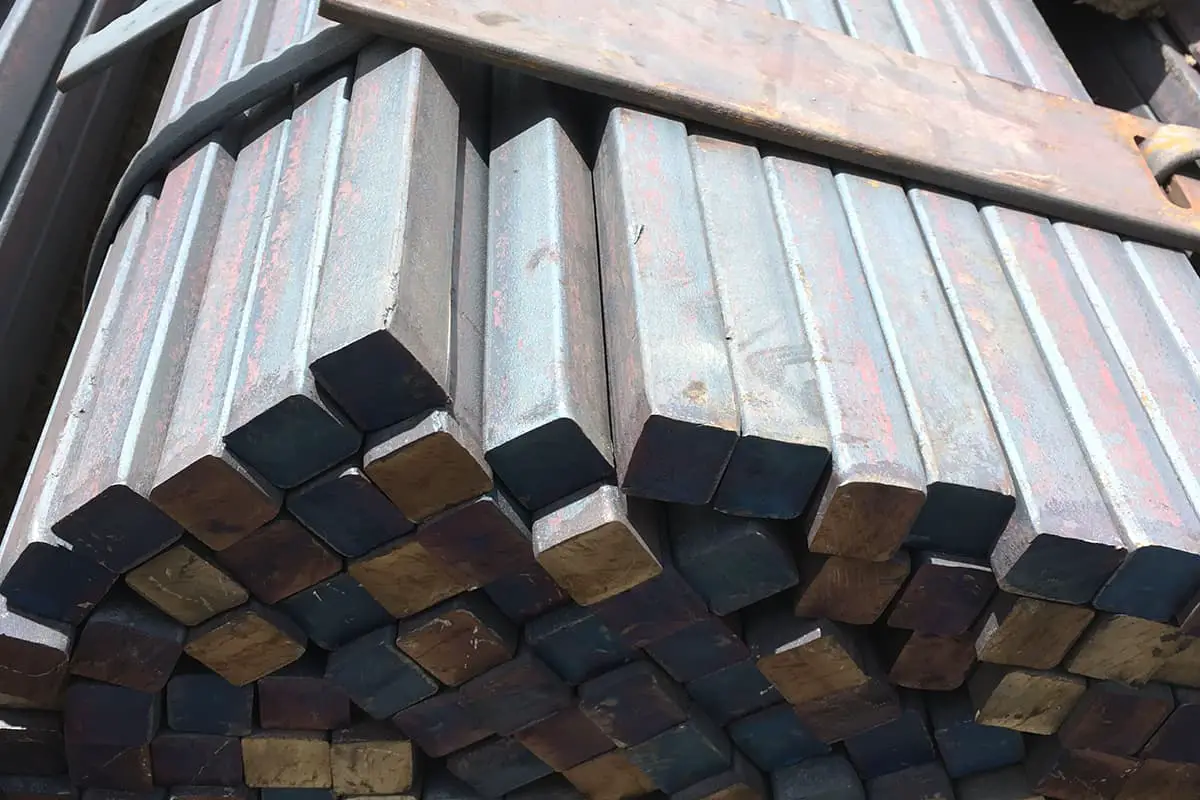
4. Square Steel weight calculation formula
• Formula: side width(mm)×side width(mm)×length(m)×0.00785
• E.g: 50mm(side width)×6m(length)
• Calculation: 50×50×6×0.00785=117.75(kg)

5. Flat Steel weight calculation formula
• Formula: side width(mm)×thickness(mm)×length(m)×0.00785
• E.g: 50mm(side width)×5.0mm(thickness)×6m(length)
• Calculation: 50×5×6×0.00785=11.775(kg)

6. Hexagonal Steel weight calculation formula
• Formula: side-to-side dia.×side-to-side dia.× length(m)×0.0068
• E.g: 50mm(dia.)×6m (length)
• Calculation: 50×50×6×0.0068=102(kg)
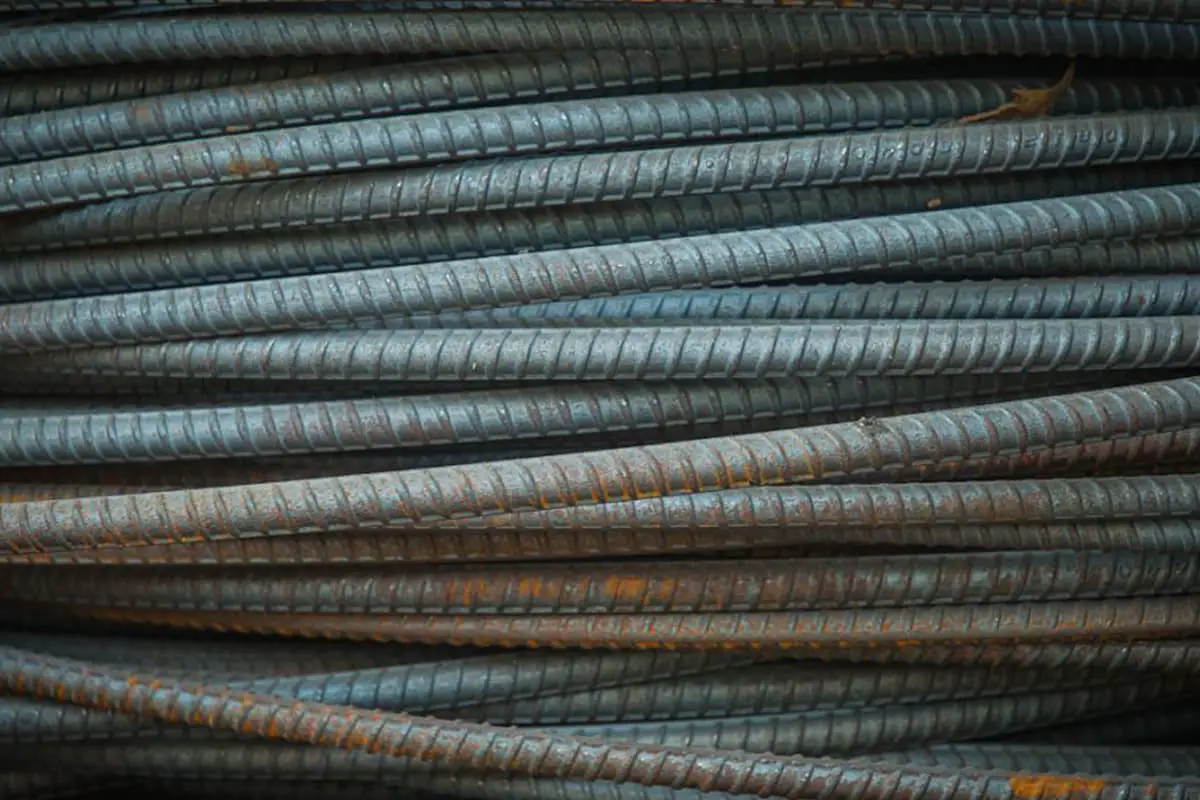
7. Rebar weight calculation formula
• Formula: dia.mm×dia.mm×length(m)×0.00617
• E.g: Φ20mm(dia.)×12m(length)
• Calculation: 20×20×12×0.00617=29.616kg
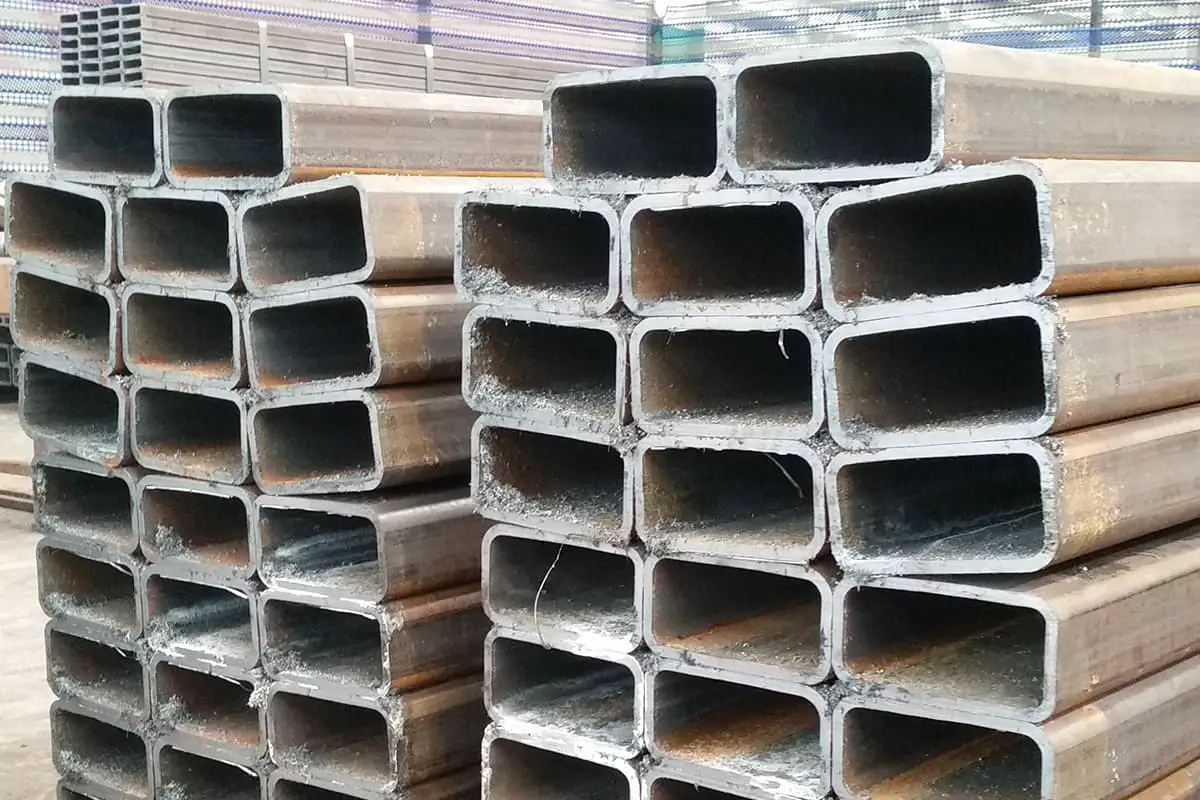
8. Flat Steel Tube weight calculation formula
• Formula: (side length+side width)×2×thickness×length(m)×0.00785
• E.g: 100mm×50mm×5mm(thickness)×6m (length)
• Calculation: (100+50)×2×5×6×0.00785=70.65kg

9. Rectangular Steel Tube weight calculation formula
• Formula: side width(mm)×4×thickness×length(m)×0.00785
• E.g: 50mm×5mm (thickness)×6m(length)
• Calculation: 50×4×5×6×0.00785=47.1kg

10. Equal-leg Angle Steel weight calculation formula
• Formula: (side width×2-thickness)×thickness×length(m)×0.00785
• E.g: 50mm×50mm×5(thickness)×6m(length)
• Calculation: (50×2-5)×5×6×0.00785=22.37kg

11. Unequal-leg Angle Steel weight calculation formula
• Formula: (side width+side width-thickness)×thickness×length(m)×0.0076
• E.g: 100mm×80mm×8(thickness)×6m(length)
• Calculation: (100+80-8)×8×6×0.0076=62.746kg

12. Brass Pipe weight calculation formula
• Formula: (OD-wall thickness)×thickness(mm)×length(m)×0.0267

13. Copper Pipe weight calculation formula
• Formula: (OD-wall thickness)×thickness(mm)×length(m)×0.02796

14. Aluminum Checkered Sheet weight calculation formula
• Formula: length(m)×width(mm)×thickness (mm)×0.00296

15. Brass Pipe weight calculation formula
• Formula: length(m)×width(mm)×thickness(mm)×0.0085

16. Copper Sheet weight calculation formula
• Formula: length(m)×width(mm)×thickness(mm)×0.0089

17. Zinc Plate weight calculation formula
• Formula: length(m)×width(mm)×thickness(mm)×0.0072
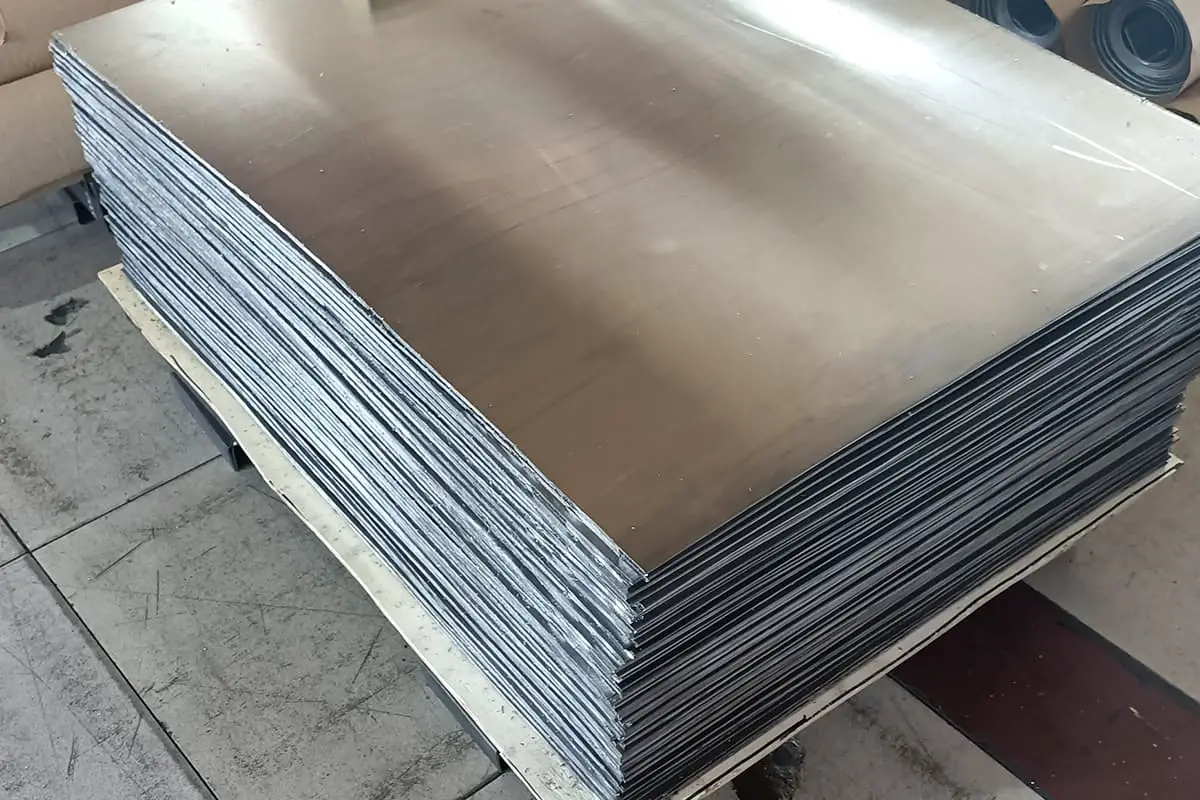
18. Lead Sheet weight calculation formula
• Formula: length(m)×width(mm)×thickness(mm)×0.01137

19. Octagonal Steel weight calculation formula
• Formula: length(m)×across width(mm)×across width(mm)×0.0065

20. Copper Rod weight calculation formula
• Formula: dia.(mm)×dia.(mm)×length(m)×0.00698

21. Brass Rod weight calculation formula
• Formula: dia.(mm)×dia.(mm)×length(m)×0.00668

22. Aluminum Rod weight calculation formula
• Formula: dia.(mm)×dia.(mm)×length(m)×0.0022

23. Square Copper Rod weight calculation formula
• Formula: width(mm)×width(mm)×length(m)×0.0089
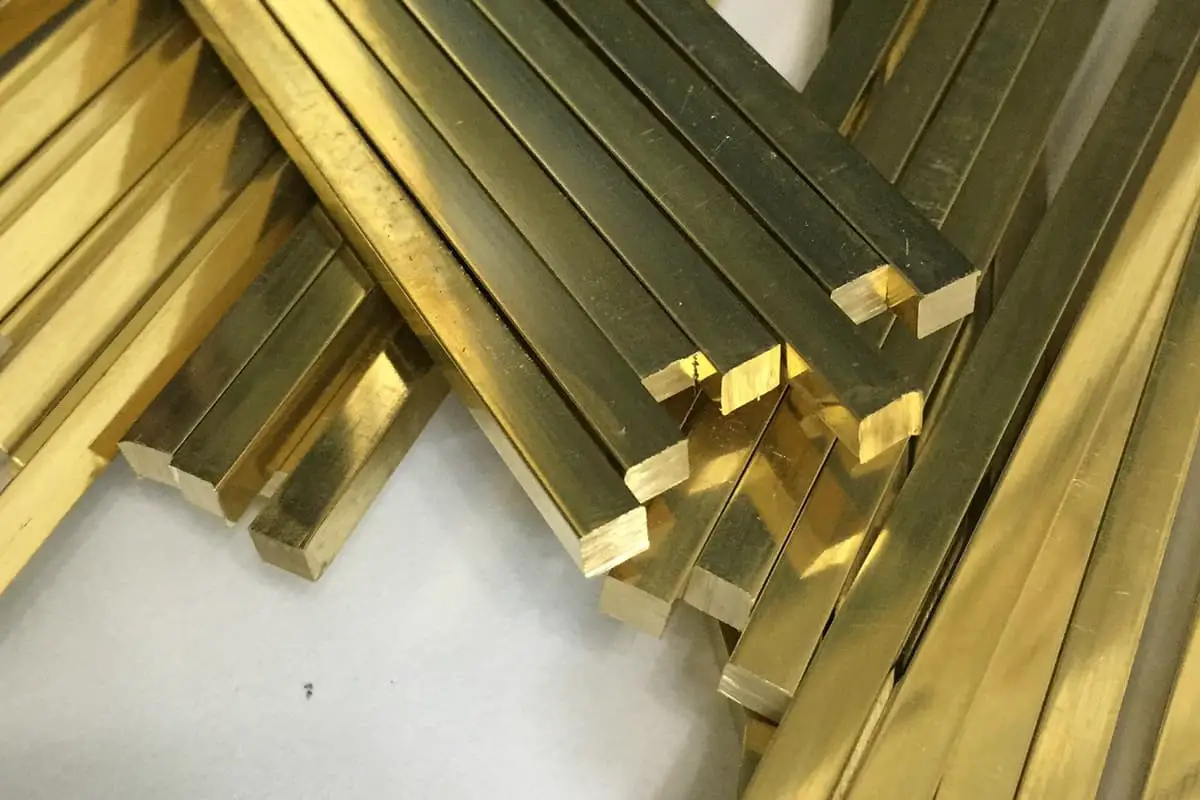
24. Square Brass Rod weight calculation formula
• Formula: width(mm)×width(mm)×length(m)×0.0085
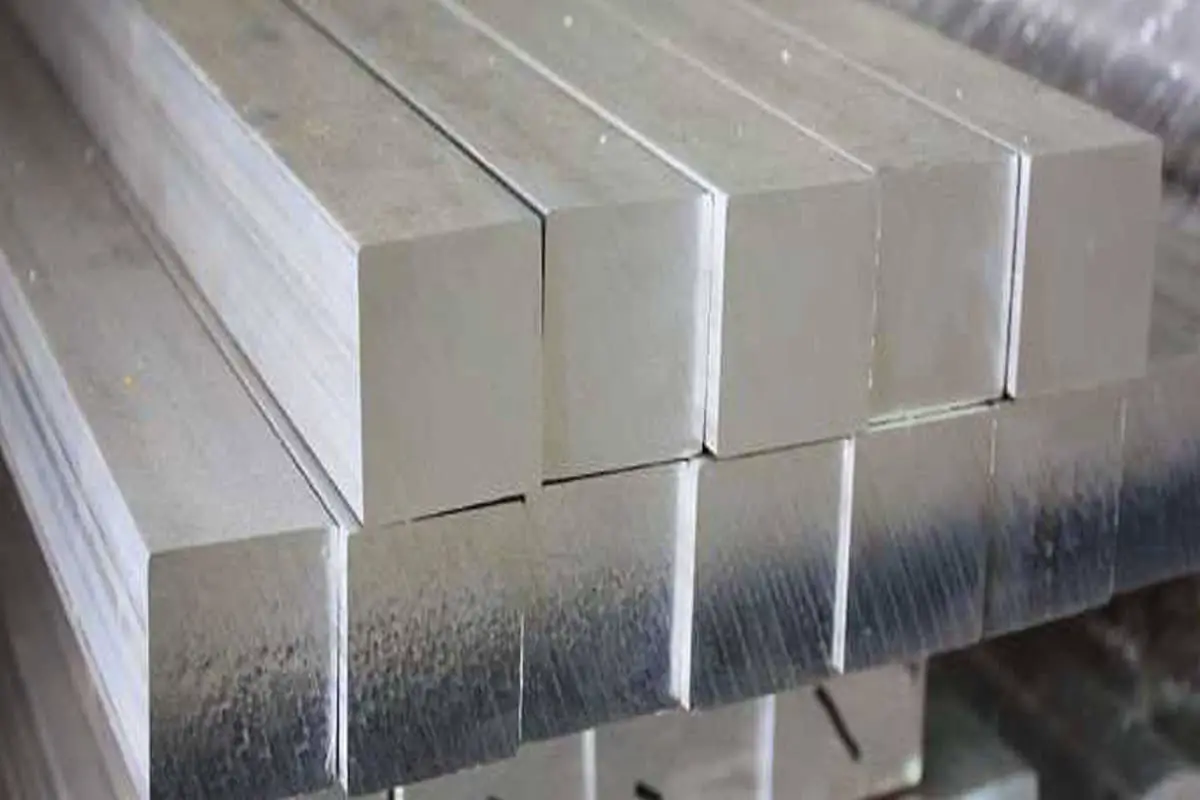
25. Square Aluminum Rod weight calculation formula
• Formula: width(mm)×width(mm)×length(m)×0.0028
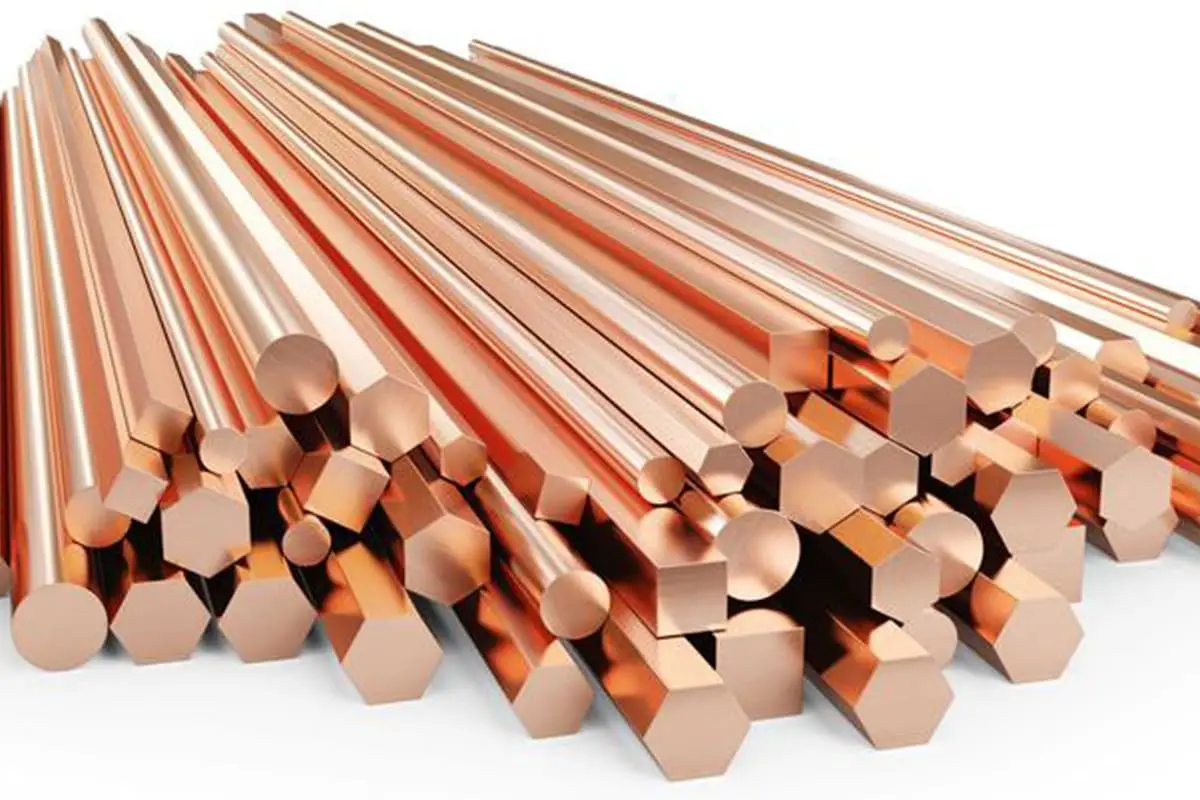
26. Hexagonal Copper Rod weight calculation formula
• Formula: across width(mm)×across width(mm)×length(m)×0.0077

27. Hexagonal Brass Rod weight calculation formula
• Formula: width(mm)×across width(mm)×length(m)×0.00736

28. Hexagonal Aluminum Rod weight calculation formula
• Formula: across width(mm)×across width(mm)×length(m)×0.00242

29. Aluminum Plate weight calculation formula
• Formula: thickness(mm)×width(mm)×length(m)×0.00171

30. Aluminum Pipe weight calculation formula
• Formula: thickness(mm)×(O.D(mm)-thickness(mm))×length(m)×0.00879
Download PDF:
- Steel weight calculation formula PDF
Common sources of error in the calculation of metal material weight
Common sources of error in the weight calculation of metal materials include the following points:
Accuracy of Density: The density of metal materials is one of the key factors affecting the calculation of their theoretical weight. If the density value is inaccurate, it will lead to a large error in the calculated weight.
Dimensional Deviation: There may be a deviation between the actual size and theoretical size of metal materials, which can affect the weight calculation. For instance, seamless steel pipes are allowed a certain range of deviation in their external diameter and wall thickness, while the maximum permissible error for the actual weight of standard I-beams is between +3% and -5%.
Influence of Thermal Expansion Coefficient: Materials expand when heated, and different materials have different thermal expansion coefficients. This can result in errors when measuring or calculating weight in high-temperature environments.
Difference between Theoretical and Actual Weight: Even under ideal conditions, there is a certain range of error in the theoretical weight calculation method. For example, the error between the theoretical weight mentioned by the calculator and the actual weight is approximately 0.2%-0.7%.



please send it in pdf formate
Send me pdf format in my email id [email protected]
Sir, if you could give me the PDF, I would be very much benefited.
My email:[email protected]
You can download the PDF file via the link at the bottom of this post.
Dear sir, madam
We found it is very useful,
so is it possible to get excel copy please??
Thanks for this information.. please I will be glad if I can get it in PDF format to [email protected]
Sir, if you could give me the Theoretical Metal Weight Calculation Formula (30 Types of Metals) in PDF of EXCEL it will be of much use for estimation.